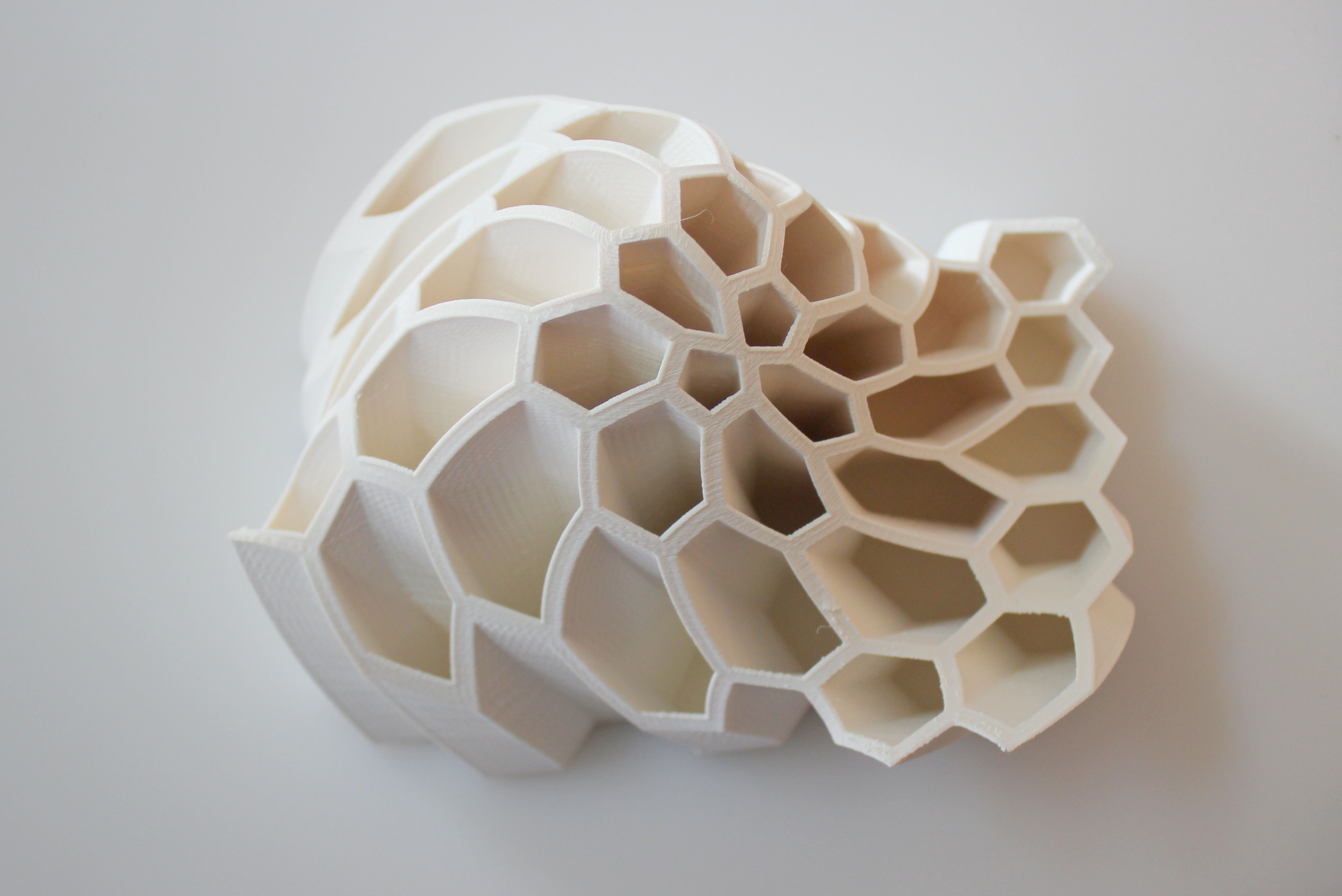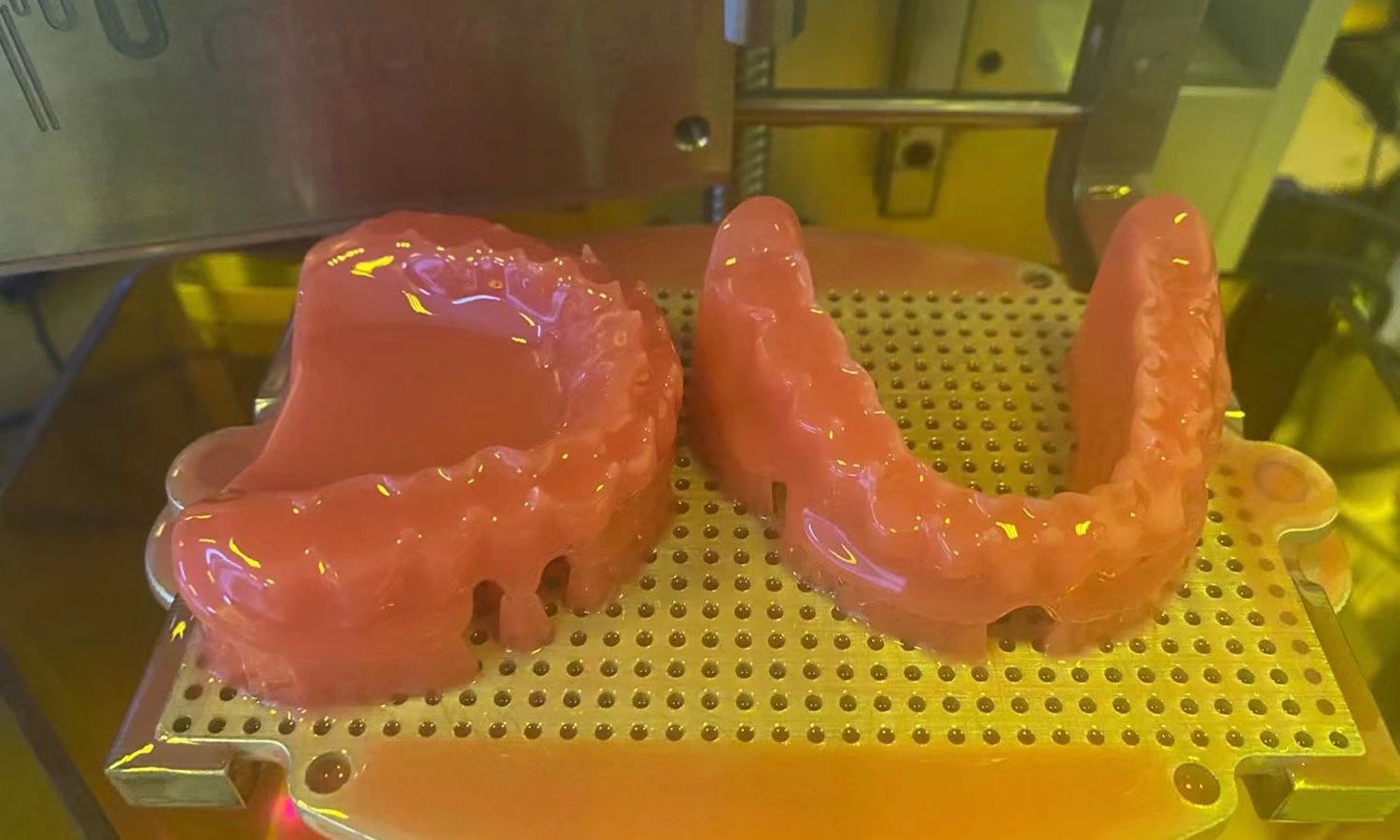
I want to thank Pete Molfese for tips regarding IsoSurface.
#MESHLAB STL TO STEP HOW TO#
I want to thank John Schwartz for teaching me on how to use a 3D-printer. How to convert STL to STEP using FreeCAD FreeEnergy Free Energy Space 27K views 2 years ago How To Edit STL Files - Edit STL Files In FreeCAD - FreeCAD Edit STL AllVisuals4U 62K views 3. Note: Printing a large and detailed model will take about 3 days once printing starts. Click Add to Pack Only Once (if you are printing a live size brain, this step can take up to 4 hours).Ħ. Note that processing may take some time.ĥ. Go to Orientation Tab, Click Auto OrientĤ. example settings for 3D-printing in CatalystEXģ. Enter Properties as desired (suggested: “Sparse- low density” for model interior 0.40.5and “SMART” support fill). Start the 3D-printer program CatalystEX and load in the STL file that you generated with either one of the steps described above.Ģ. example view of the repairing for non-manifolds in netfabb 3D-printing in CatalystEXġ. Click on Automatic repair and Apply repair. Click on the repair symbol (red cross).ģ. Open netfabb-basic and load in the STL file that needs to be fixed for non-manifolds.Ģ.
#MESHLAB STL TO STEP INSTALL#
If its not already installed on the 3D-printer control computer, install netfabb basic.ġ. Is not necessarily a 2D-surface and looks transparent at some locations. Output of IsoSurface: a surface STL file. Export Mesh to convenient location, export as a. Optional: Filters>Smoothing, Fairing and Deformation>HC Laplacian Smooth (for esthetic reasons)ĩ. Enter desired Target Number of Faces (suggested: 200,000) and ApplyĨ. Filters>Remeshing Simplification and Reconstruction>Quadric Edge Collapse Decimation (this cuts out wholes and merges overlapping objects)ħ. Filters>Mesh Layer>Flatten Visible LayersĦ. File>Import Mesh> /Applications/freesurfer/subjects/mybrain/surf/lh.stlĤ. File>Import Mesh> /Applications/freesurfer/subjects/mybrain/surf/rh.stlģ. If you don’t have it already, get Mashlab.Ģ. Universal open interchange NURBS-surfaces format. Mris_convert /usr/local/freesurfer/subjects/mybrain/surf/lh.pial lh.stl Mris_convert /usr/local/freesurfer/subjects/mybrain/surf/rh.pial rh.stl Once FreeSurfer has completed processing the scan (after about 24 hours) enter the following commands to convert the surfaces to STL files: Recon-all –all –i PathOfNiftiFileHere -s mybrainģ. Source $FREESURFER_HOME/SetUpFreeSurfer.sh Open a shell, enter the following commands: Place NIFTI file to process it in /Applications/freesurfer/subjectsĢ. In you don’t have it already, get FREESURFER.ġ. Pipeline 1: Cortex preparation with Freesurfer and Meshlab Freesurfer analysis to get cortical sheet And another pipeline describes how you can 3D-print any binary nii-volume by using the AFNI-program IsoSurface and correct the output with netfabb. One pipeline describes the 3D-printing the cortical folding structure that is estimated with Freesurfer and subsequently corrected with Meshlab. You'll to cut and to recreate your model.In this blog post, I want to write about pipelines on how to prepare Nifti-brain data and make them printable by a 3D-printer. I usually use guided because you can choose exactly what you need. Now you have 2 choice : automatic or guided surface creation. You can move the origin, delete noise, cut your mesh, fill hole, etc etcīe sure the box ''start surface assistant'' is clicked and press next I won't explain each step, but it's really straight forward. I don't know why it's not possible with a stl file format. You'll notice SW open it as a mesh (like meshlab) and don't try to make any surface or solid or even a graphic image. Right Clic on the quick acces toolbar and activate Scan to 3D. You don't need to reduce the number of element, solidworks will be able to do it for you if you want Open your file and export it in PLY format (OBJ works well too). It can create automatic surface and it's really helpful It's useful when you need to redraw something. There is a second way to work with STL with SW. Try an other oneįor the exemple I droped triangles to 20 000, it's too long to open with 100 000 (about 20 min for me)

If you measure and it make no sens, that's because your unit in this page wasn't good. Graphic option as no limit for the number of triangle. The result will be +- 1 or 2 triangles, so I alway let me 5 triangles of spareĬlic on open and choose the STL format.

More you have triangle, more detail you'll have so I alway choose the maximum that SW can handle. Go to filters, and quadric edge collapse decimation

Now you'll need to decrease the number of element using meshlab. You just need to know SW can handle a maximum of 100 000 triangles for a surface importation and 20 000 for a solid importation. You can measure in Meshlab with this tool


 0 kommentar(er)
0 kommentar(er)
